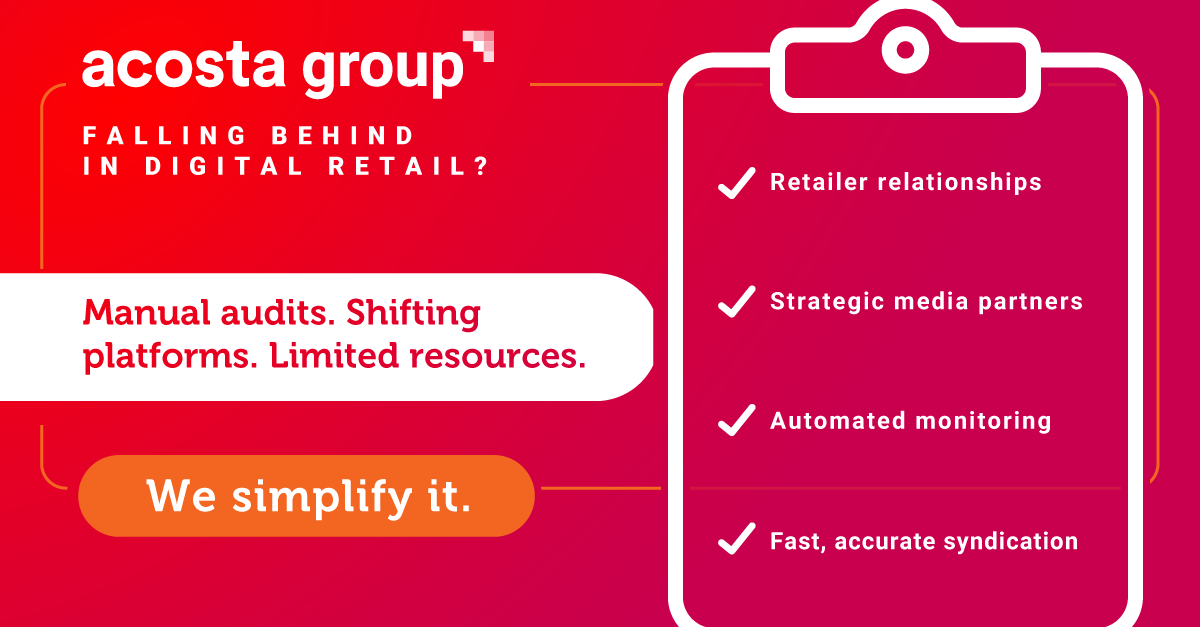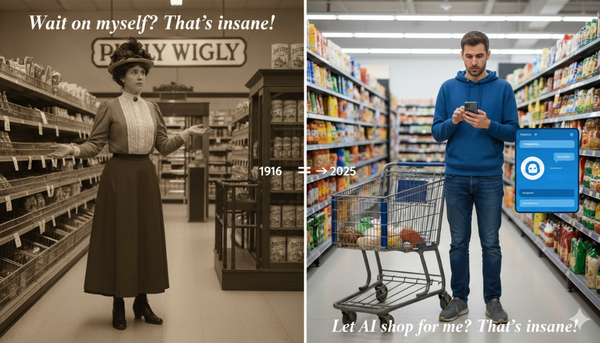Underrated Ecommerce Metrics That Tell The Real Story
I asked four brand-side retail media leaders a deceptively simple question: What's the metric you're obsessed with that everyone else seems to ignore?

ROAS, impressions, clicks—we all track these metrics religiously. But are they actually telling us where our business is headed? I asked four brand-side retail media leaders a deceptively simple question: What's the metric you're obsessed with that everyone else seems to ignore?
Their answers show a shift away from vanity metrics toward indicators that reveal genuine brand health and long-term growth potential. From email performance metrics that show true audience engagement to branded search volume as a crystal ball for future performance, these leaders are tracking numbers that most teams overlook entirely.
Revenue Per Recipient: The Email Metric That Actually Matters
Kelsey Knight, Chief Commercial Officer at toy brand Slumberkins, focuses on two channels where unconventional metrics provide critical insights. In email marketing, while most teams obsess over open rates and click-throughs, Kelsey's team watches revenue per recipient.
"It helps us gauge not only what revenue did a send drive, which obviously is the most important, but also how much juice are we getting for the squeeze when we put larger promotions or campaigns together and helps us really gauge what's resonating with our audience," Kelsey says.
This metric shows which campaigns generate revenue efficiently and which ones consume resources without meaningful return.
Acosta Group’s retailer intimacy is legendary—merchants answer their calls.
You're not going to find that access at the same scale with any other partner out there. That expertise with both retailers and shoppers fuels its Connected Commerce team, which offers digital shelf, retail media, and data analytics all under one roof. Tap into 100 years of retailer relationships and award-winning digital commerce capabilities.
Posts Per Influencer: Finding True Brand Ambassadors
On the influencer marketing side, Kelsey's team tracks another unconventional metric: posts per influencer. Most brands measure engagement rates and sentiment. Slumberkins wants to know how many times gifted influencers organically post about their products after the initial send.
"While seeding and gifting at a large scale is definitely one goal, the larger goal is to turn those gifted influencers into true brand ambassadors who resonate with the product and want to share it organically," Kelsey says. "Posts per influencer is really signaling to us a high match between brand and influencer, and then allowing us to scale that relationship even further."
This helps Kelsey's team tell the difference between one-time posts from influencers fulfilling an obligation and genuine advocacy that comes from authentic brand connection—the kind that drives lasting impact.
Branded Search: Your Crystal Ball for Sustainable Growth
Jyoti Malik, Senior Director of E-commerce at Belkin, says she didn't always prioritize branded search volume and share. Now, it's one of her favorite metrics to discuss.
"When you are in a highly competitive, commoditized category and trying to claim market share by outpacing category and competition growth, then branded search is a great leading indicator for how much sustainable presence you're building for future versus constantly having to be in a pay-to-play scenario," Jyoti says.
In categories where products are largely interchangeable, building branded search volume means you're creating lasting consumer preference rather than just buying temporary visibility. It's the difference between renting attention and earning it.
New to Brand: The True Growth Indicator
Chris Lowrey, Brand Director at Our Home (parent company of Pop Secret, Good Health, and Pop Chips), focuses on new-to-brand metrics, particularly for brands in high-growth phases.
"ROAS and top line revenue are super important, but if you're just recycling the same buyers, you're not really growing," Chris says. "New to brand gives me a much clearer picture of whether spend is actually expanding the brand, and it honestly changes how you approach everything—keywords, creative, budget allocation."
For Chris, new-to-brand shows whether marketing efforts are building toward long-term growth rather than simply extracting short-term sales from the existing customer base.
Building Brand Salience Over Time
Neha Malik, Head of Connected Commerce at Mizkan America (parent company of brands including Ragú, Bertolli, and Holland House), emphasizes looking beyond immediate performance indicators.
"A lot of times we have to just remind ourselves over time that it's not just about the impressions or clicks and ROAS. Obviously incrementality is huge, but I know as a brand we're looking a lot about building the long-term brand saliency and about the brand as opposed to just very short term," Neha says.
When I asked Neha how her team actually measures brand salience, she pointed to household penetration as a critical metric. "You can over time evaluate whether we have different measurement tools that we look at to ensure that our brand is at a long-term win or a short-term win. There's a place for both, of course, but it's different measurements and how we evaluate the business," she says.
Neha also emphasizes new-to-brand and new-to-category metrics as essential for reaching newer generations and ensuring products are available wherever consumers are in their journey.
What This Means for Your Strategy
These conversations show how sophisticated retail media practitioners are rethinking success metrics. ROAS and conversion rates provide useful snapshots of campaign performance, but these leaders are tracking metrics that show whether their marketing efforts are building sustainable, long-term brand health.
Revenue per recipient shows true email engagement. Posts per influencer reveal authentic brand advocacy. Branded search indicates sustainable consumer preference. New-to-brand metrics prove genuine growth. These are the numbers that separate brands playing the short game from those building for the long haul.






